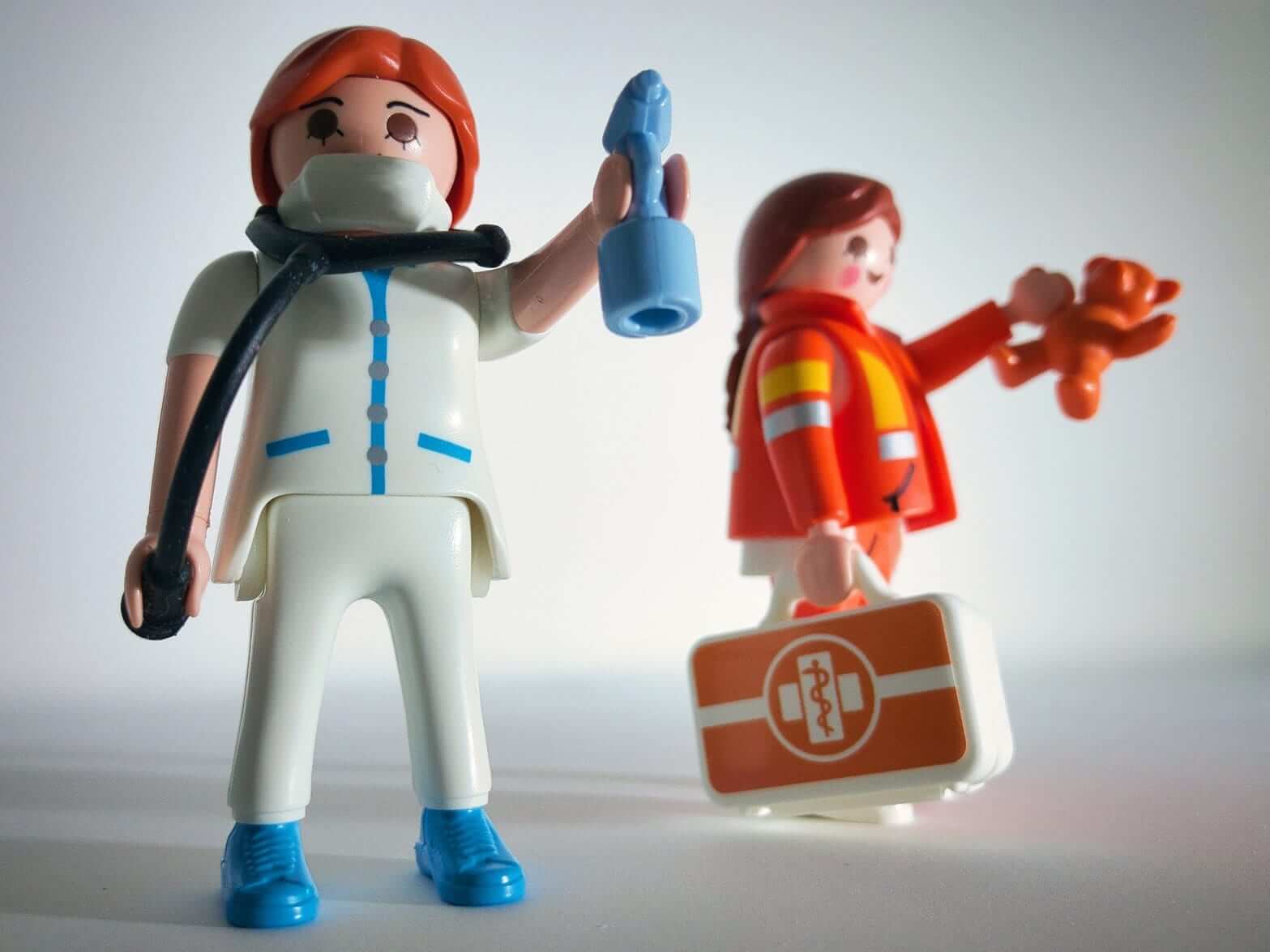After a health-related event as broad in scope as a pandemic, there are a number of questions we need to ask. The first is why, in a world as hyperconnected and digitized as the present one, we were unable to prevent it. The answer is clear: healthcare is still not digitized. I’m talking about a set of indispensable, critical services to which we all attach enormous importance, but which are generally still far from the level of digitization we see in other comparatively less important areas.
In the field of health, digitalization and technology tend to appear at the moment we face a problem, rather than throughout our lives or on a routine basis. The goal is limited to solving illnesses when they manifest themselves, rather than preventing them, beyond annual checkups. This is precisely what has led us to a pandemic: if the health parameters of a significant proportion of the population had been monitored, the pandemic could have been stopped long before it was defined as such, and it would have remained a simple local infection.
That’s why, in the wake of a pandemic, we need to redefine and reform healthcare. If COVID-19 is unable to bring about a revolution in this regard, we will know that we are simply waiting for the next pandemic. The share prices of companies working on the digitalization of healthcare are doing visibly better than the rest of the market, which is a positive and hopeful sign, but given the wide variety of factors — public, private and cultural — that influence decisions in this area, it is far too little.
What do we need to take into account to develop healthcare after such a traumatic experience as a pandemic? It would be a terrible waste if we weren’t able to take advantage of a moment like this to introduce these changes, because rarely will we have such complete evidence of the need for them. But where do we start in such a complex area?
The first issue is obvious: recognizing the need for change. It is very clear that technology companies could play a major role in improving healthcare, and in fact, in some cases are doing so by offering a new quantitative dimension to medical research. How is it possible we can monitor so many aspects of our daily activities, but we do not do the same with our health? Imagine if we were able to quantify and analyze the evolution of our health in real time parameters and variables, monitor them using algorithms, and even include data about our genome in the equation. This would be impossible manually, if we want to scale it up to the whole population. Fitness trackers may not be the most precise devices, but they are still valid: in statistics, we’re not looking for the absence of measurement errors, but their frequency and quantification.
The second variable is cultural, generalized and very clear: there is enormous — and justified — concern about how our health data is used: it should be heavily protected, but isn’t always. An event such as a pandemic can certainly force a trade-off between privacy and public health needs. It is essential not to abuse that compromise and to maintain rigid and unwavering guarantees that our data will be used, firstly, for our healthcare, secondly, to help medical research, and never for marketing, commercial gain, and much less, to discriminate against people with health issues. Creating a system that protects and uses data effectively is one of the main challenges we face right now.
The third parameter is adoption. We are talking about a revolution which, as a result of the earlier diagnosis of many illnesses or disorders, could lead to less suffering and reduced treatment costs for health systems, meaning it has to be adopted en masse. This would also offer greater benefits in terms of research. We will therefore have to find ways to reduce costs by exploiting the huge potential of telemedicine, which has been under development for some time, along with initiatives in private medicine, as well as the possibility of rapidly scaling up these initiatives to the whole population so as to improve care in public health systems and keep costs down.
The same thing happens as we incorporate more technology: if the evolution of technology is characterized by the progressive decrease of costs and increased simplicity, it makes no sense for a health system based on prevention and on the capacity to routinely monitor more and more relevant indicators and variables to become more expensive, more exclusive or more elitist: it must do so as part of national strategies aimed at improving health systems as a whole, regardless of whether some patients can opt for private healthcare.
Few ideas have the potential to contribute as much to our future well-being as redefining healthcare systems, and moments like the present provide an opportunity to do so. Are we going to give it the necessary priority, or do we intend to return to the same sad normality that meant we were unable to bring an epidemic under control before it became a pandemic?
About the Author
This article was written by Enrique Dans, professor of Innovation at IE Business School and blogger at enriquedans.com.





























